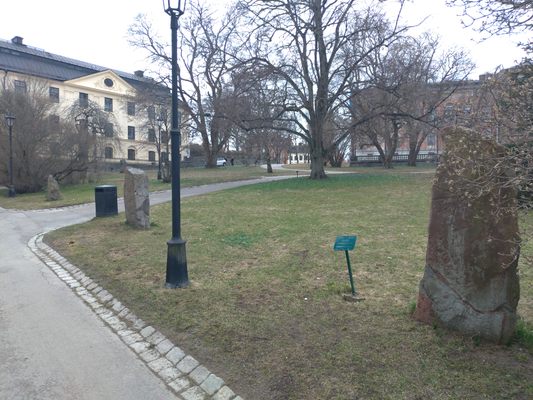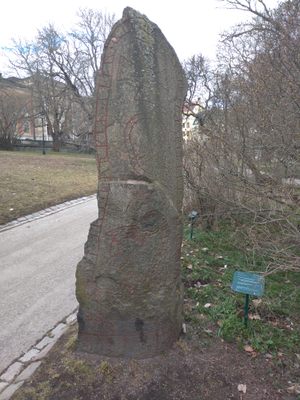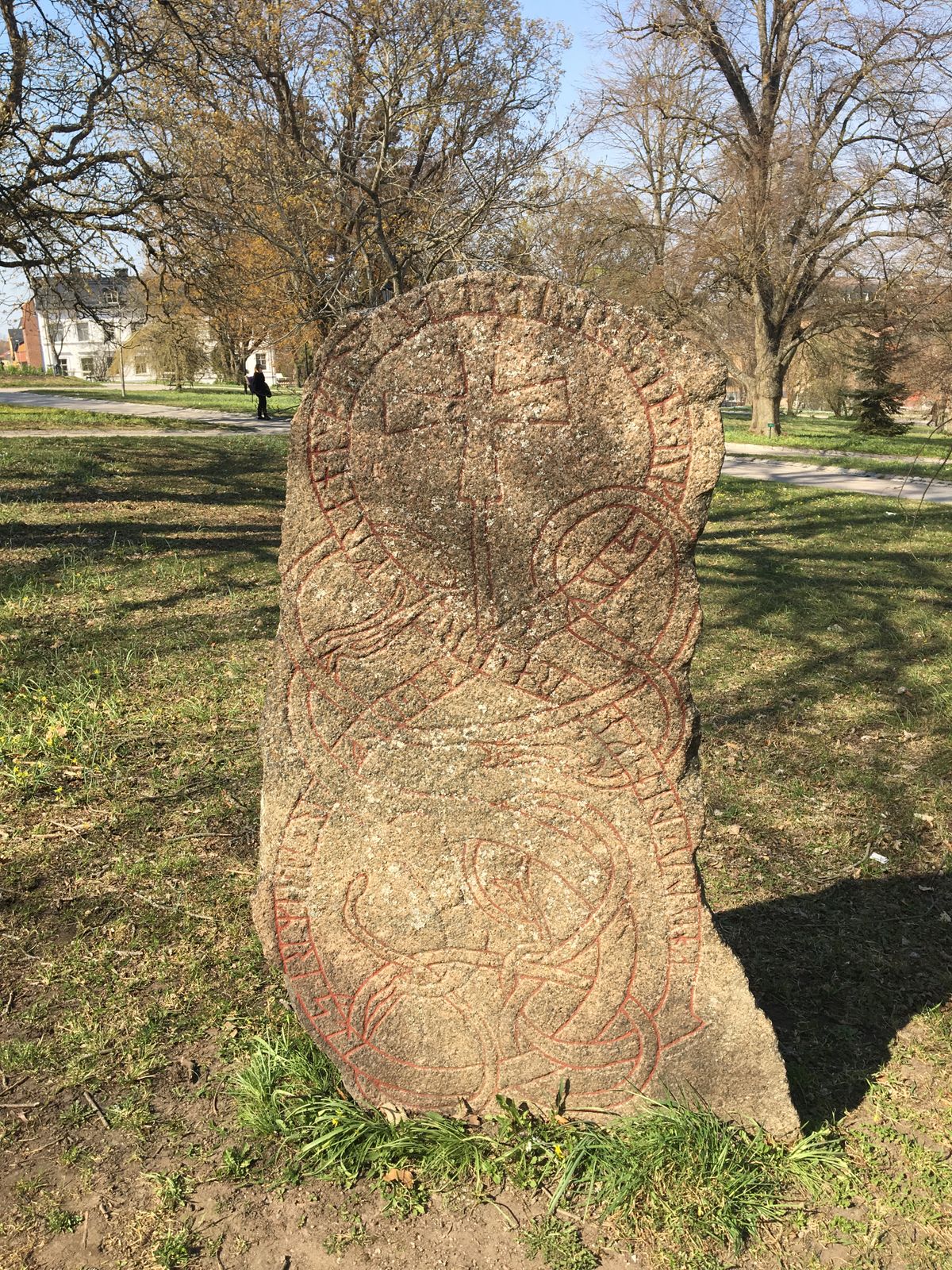About
Sweden has a long and proud history of runestones and rune carvers; for hundreds of years, these inscribed stone slabs were used as a way to immortalize warriors, families, or important events. These carved monuments are dotted across the land and usually require a trek to reach. The board of Uppsala University thought so too, so decided to move the runestones to them for convenience.
The Universitetshuset (or University House) at Uppsala was built in 1887 as a central hub of the school. Here professors and staff could convene for important gatherings or traditional festivities. The center was seen as a very significant building, even the face of the university. For this reason, no costs or efforts were spared to add to the stature of the building, including its beautiful courtyard.
Various rare trees were planted in the Universitetshuset park, each with a little sign denoting the species and origin. Even more interestingly, a set of around 10 ancient runestones were collected from neighboring areas and installed around the garden as extravagant decorations, connecting the science and wisdom of old with that of the new.
These days people vary in opinion on this act, as the runestone loses part of its significance when taken away from the location that it remembers. But others argue that it does make Swedish history and culture more easily available to the general public. Whatever your opinion may be on this, it is hard to deny the impressiveness of these works of art and not stop to look at them. Fortunately, there are also signs that translate the runes, date them, and explain the meaning behind the text.
Related Tags
Know Before You Go
The university park is free to access. The stones are right behind the Gustavianum Museum, so make sure to visit both when in the neighborhood.
Published
April 18, 2019































